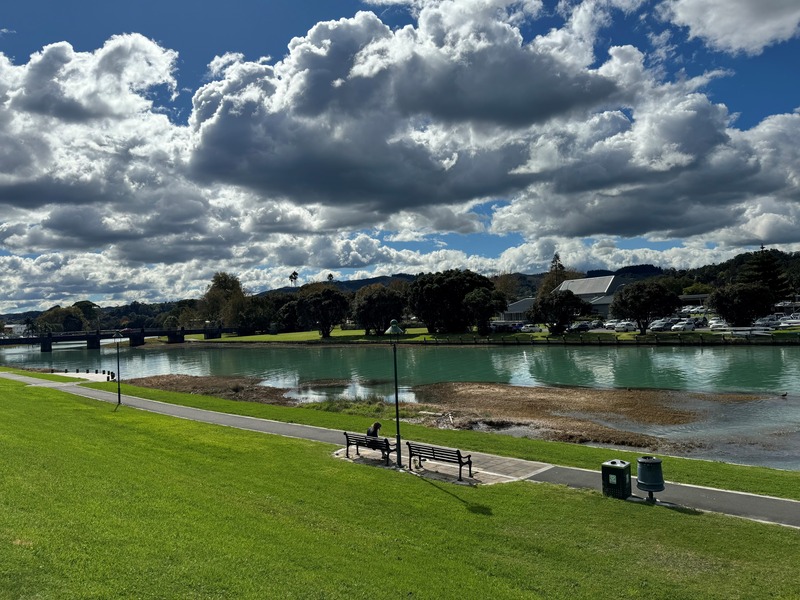Friday, 2 May 2024
More than half of the Spartina grass sprayed along the Taruheru River in January has broken down and been removed through normal tidal flows.
Testing of the site has backed up the visual results to show a mass reduction in the Spartina, an increase in mud crabs and no residue left from the herbicide used.
Council Director Michele Frey says it’s been a successful start to the project.
“The second stage of the Spartina Replacement Project will take place by the end of the year when regrowth happens again with more spraying being carried out this summer.”
The project is led by Haumanu Tū Ora, funded by the Ministry for the Environment and Gisborne District Council.
Ms Frey says the aim is to eradicate the invasive weed Spartina to increase biodiversity along the Taruheru River.
“This means encouraging the return of shellfish and wading birds back to the river.
“Testing one month after the first January spray picked up no residue from the herbicide haloxyfop that was used.
“We look forward to seeing birds and shellfish return to the banks of the Taruheru River over the next few years.”
Spartina was introduced to the Taruheru River in the 1960s. Since then, it has encroached into the waterway and disrupted the river’s natural biodiversity.
The spraying is carried out by Council’s Biosecurity team, with support from Haumanu Tū Ora, in compliance with the EPA regulations.
Follow Haumanu Tū Ora on Facebook and visit Council’s website for more information about the Spartina Removal Project.
The pictures below show the before and afters of the Spartina grass spray in January this year. More than half of the invasive weed has broken down and been removed through normal tidal flows.
BEFORE

AFTER
